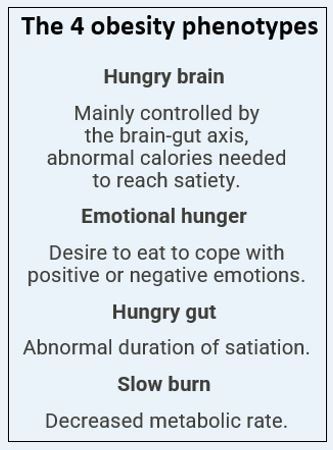- Clinical Technology
- Adult Immunization
- Hepatology
- Pediatric Immunization
- Screening
- Psychiatry
- Allergy
- Women's Health
- Cardiology
- Pediatrics
- Dermatology
- Endocrinology
- Pain Management
- Gastroenterology
- Infectious Disease
- Obesity Medicine
- Rheumatology
- Nephrology
- Neurology
- Pulmonology
How to Build an Obesity Phenotype Step-by-Step, with Andres Acosta, MD, PhD
Obesity phenotyping uses a battery of validated tests and procedures to determine the root cause of a patient's disease and then match treatment accordingly.
Obesity phenotyping currently requires about 10 hours and a battery of validated tests to evaluate an individual's energy expenditure, body composition, rate of gastric emptying, satiety/satiation, psychological profile, and values for other biologic and physiologic measures.
Andres Acosta, MD, PhD, director of the Precision Medicine for Obesity Lab at the Mayo Clinic, detailed for Patient Care® the steps followed at his lab to determine which of 4 obesity phenotypes would best characterize a patient with obesity and allow a clinician to select the intervention or interventions with the greatest potential for the greatest success.
For more conversations with Dr Acosta:
Andres Acosta, MD, Discusses the Challenge of Heterogeneity in Response to Obesity Treatment
Obesity Phenotypes Explain What Drives the Disease and How to Target Intervention: Expert Interview

Andres Acosta, MD, PhD, is a physician-scientist at Mayo Clinic's campus in Rochester, Minnesota, specializing in bariatric surgery, upper endoscopy, nutrition, and obesity. He is also an assistant professor of medicine at Mayo Clinic College of Medicine and Science. Acosta's primary research focus is on the mechanisms and regulation of appetite, satiation, and satiety, including the role of gastric function, gastrointestinal hormones, taste preferences, bile acids, and enterohepatic regulation and gut energy utilization. Additionally, Dr. Acosta studies the effect of genetics, pharmacology and endoscopic devices on food intake regulation.
Twitter @dr_aac
